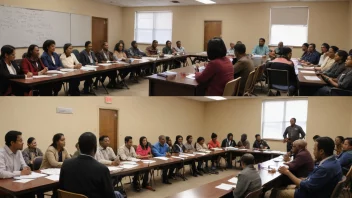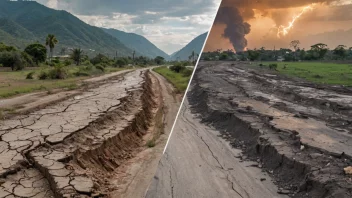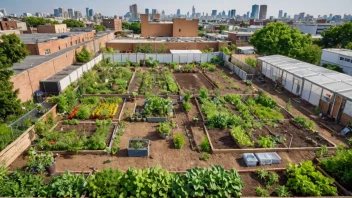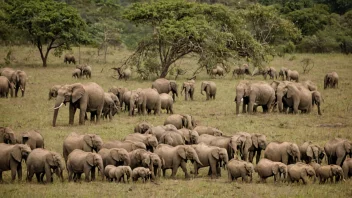Introduction
In this article, you will learn about the intricate relationship between climate change and water quality and availability. We will explore the various ways climate change affects our water resources, including alterations in precipitation patterns, increased evaporation rates, and the contamination of water supplies. Additionally, you will find actionable steps you can take to mitigate these effects and contribute to a sustainable future.
Step 1: Understand the Science Behind Climate Change
To comprehend how climate change influences water resources, it’s essential to grasp the science behind it. Climate change refers to long-term shifts in temperatures and weather patterns, primarily driven by human activities such as burning fossil fuels and deforestation.
- Greenhouse Gases: Learn about how greenhouse gases trap heat in the atmosphere, leading to global warming.
- Weather Patterns: Understand how climate change alters precipitation patterns, causing droughts in some areas and flooding in others.
Step 2: Explore the Effects on Water Quality
Climate change significantly impacts water quality through several mechanisms:
- Increased Temperature: Warmer water temperatures can lead to harmful algal blooms, which produce toxins detrimental to aquatic life and human health.
- Pollution Runoff: Intense rainfall can increase runoff, washing pollutants into rivers and lakes.
- Salinization: Rising sea levels can cause saltwater intrusion into freshwater aquifers, affecting drinking water supplies.
Step 3: Assess the Impact on Water Availability
Climate change also affects the availability of water resources:
- Droughts: Increased temperatures and changing precipitation can lead to severe droughts, reducing water supply.
- Glacial Melt: Many regions depend on glacial melt for freshwater; as glaciers shrink, this resource diminishes.
- Groundwater Depletion: Over-extraction of groundwater in response to reduced surface water availability can lead to long-term depletion.
Step 4: Take Action to Mitigate These Effects
As individuals, we can take steps to mitigate the impacts of climate change on water quality and availability:
- Conserve Water: Simple actions like fixing leaks, using water-efficient appliances, and reducing outdoor water use can make a difference.
- Support Sustainable Practices: Advocate for and support local policies that promote sustainable water management and pollution control.
- Educate Others: Share information about the impacts of climate change on water resources with your community.
Step 5: Get Involved in Local Initiatives
Connecting with local organizations focused on water conservation and environmental protection can amplify your impact:
- Volunteer: Many organizations offer opportunities to volunteer for water clean-up events, tree planting, and environmental education.
- Advocacy: Join advocacy groups that work towards policy changes to protect water resources from climate change impacts.
- Participate in Community Workshops: Attend workshops that focus on sustainable water practices and climate change awareness.
Summary
Climate change poses a significant threat to water quality and availability, affecting ecosystems and human health. By understanding the science, recognizing the impacts, and taking actionable steps, we can contribute to mitigating these effects. Remember to conserve water, support sustainable practices, educate others, and get involved in local initiatives. Together, we can make a difference in protecting our precious water resources for future generations.






